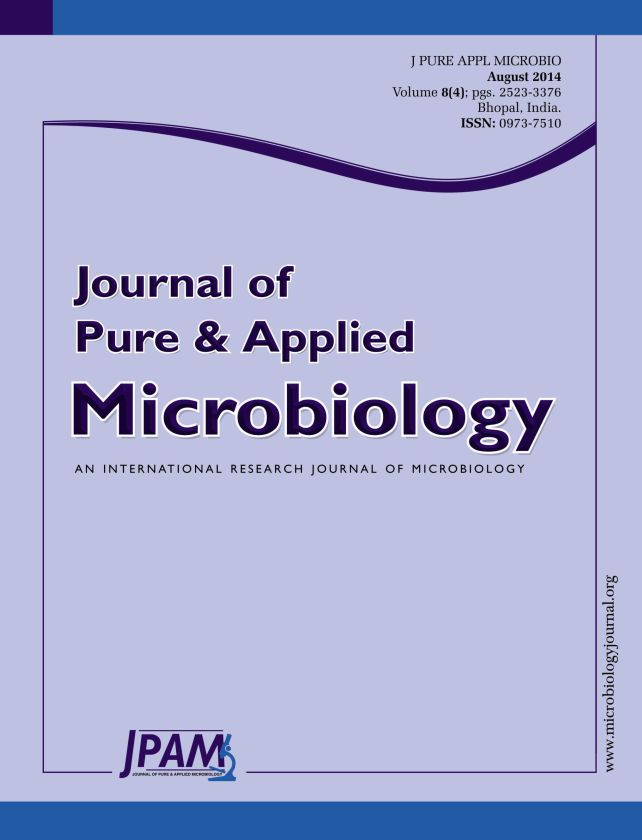Rhizospheric soil is rich of bacteria that produce a wide range of bioactive substances with antimicrobial and antifungal properties, among them bacillus genus have the ability to produce hundreds of biologically active compound that effective against microorganisms. Genus of Bacillus capable of producing biologically active compound is effective against microorganisms and appears to be potential candidates in the biocontrol of fungal pathogens. In this study, soil samples were collected from different sites in the Gorgan region in order to Bacillus isolation and determination their antifungal activity against T.rubrum. In order to isolation of these bacteria soil samples was suspended in sterile distilled water or normal saline and was serially diluted , suspensions cultured on microbiological media and then identified by biochemical methods. Isolates that had highest antifungal effects analysed with PCR and 16s rRNA sequencing. Among 54 strains, only 12 strains showed antagonistic activity against T.rubrum. Sr4 and Sr12 isolates showed the highest antagonistic activity and based on biochemical tests and PCR were identified as B.cereus and B.thuringiensis respectively. These isolates based on 16s rRNA sequence analysis showed 97% homology with Bacillus cereus strain KU4 and Bacillus thuringiensis strain ucsc27. According to the results seems the soil Bacillus have appropriate biocontrol potential against dermatophytic agents such T.rubrum.
Active compounds, Trichophyton rubrum, Bacillus species
© The Author(s) 2014. Open Access. This article is distributed under the terms of the Creative Commons Attribution 4.0 International License which permits unrestricted use, sharing, distribution, and reproduction in any medium, provided you give appropriate credit to the original author(s) and the source, provide a link to the Creative Commons license, and indicate if changes were made.


